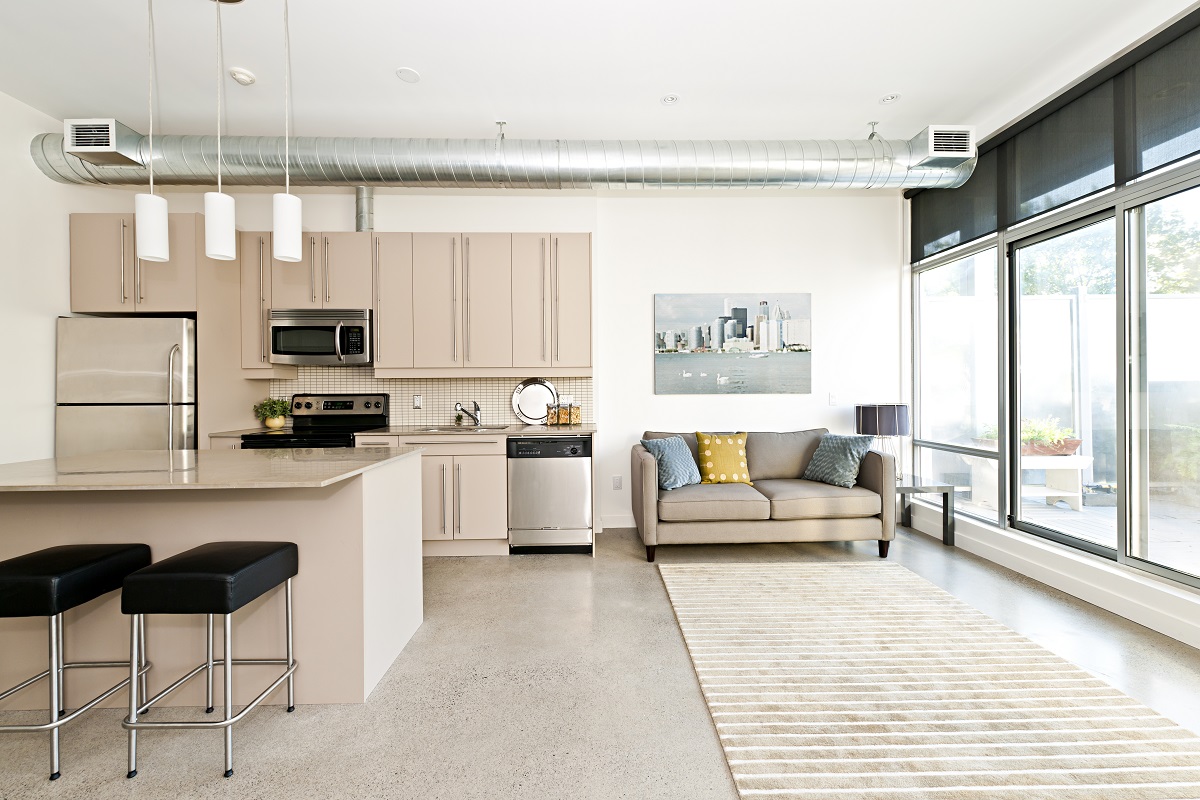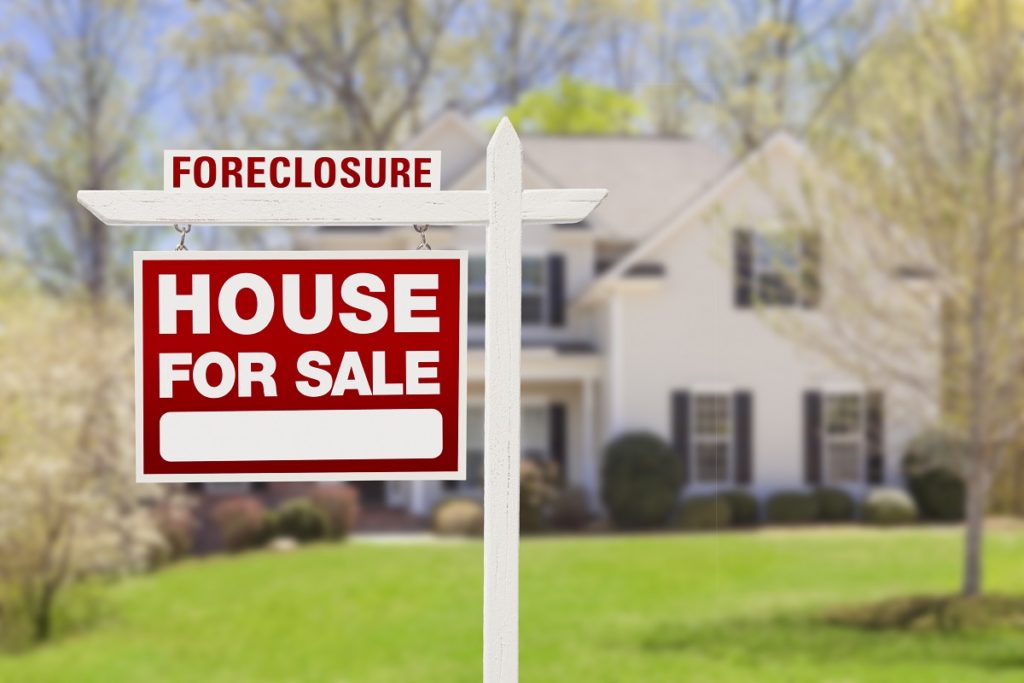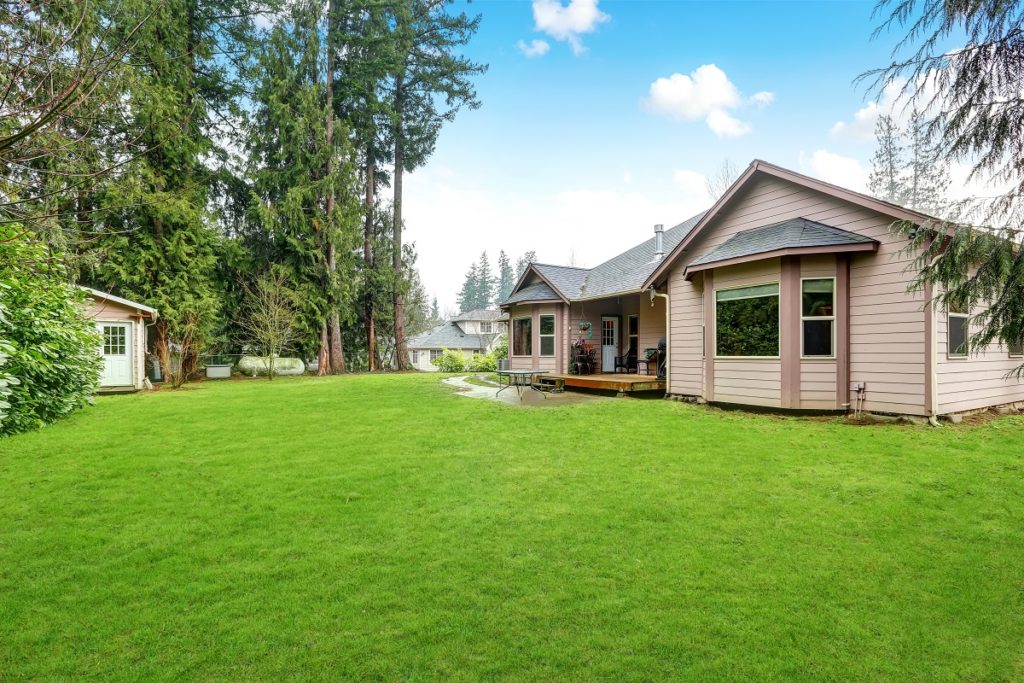Being in a hotel feels very different than being in our own house. Even the house of your friends can feel quite different from the other friends. Home design can affect us significantly, not just with emotional associations to the place, of course. Good home design can make us feel happy or tired; it can make us feel productive or lazy. But how does home design affect us?
Colors Make People Feel Differently
Colors affect us in a very personal way. Color psychology claims that colors can affect our mood, making us feel different emotions based on a standard set of associations. Interior designers use this trick to produce functional spaces even more practical, like relaxing colors in the bedroom or bright colors in a study room (ideally to keep you up).
However, even the exterior painting of a house matters. A dilapidated-looking home can make you feel quite depressed, while a well-painted one can make you feel as if it’s new. Quite frankly, colors and their effects on people is such a deep topic that it merits a deliberate decision when choosing a color for your property.
Lighting and Mood
Lighting is just as critical as color. It can even change a color’s tint, shade, or tone, making it necessary for versatility. As such, it’s vital to think of color and lighting hand in hand. A bright paint will look dimmer in low light situations, possibly making the room have a gloomy atmosphere despite the relatively bright colors. Having the ability to control this helps you set the atmosphere at will.

Another thing to consider is natural light. There is no better light source than natural light, as it can immediately make us feel happy or cheerful. Windows, a great source of natural light, often becomes a symbol of hope often seen in art. This is another example of how our home design deeply affects us and even leaves something that we carry to adulthood.
Clutter and Organization
The tidiness and organization of your home are other things that profoundly affect what you feel inside. Think of how frustrating it can be looking for something that’s hidden underneath a pile of clutter. Or how convenient and easy it is to get something from its storage and use it. How we organize our items, especially ones that see daily use, matters, and it affects us in powerful ways.
Another thing to think of when it comes to clutter is how it can cause anxiety. Researchers have found that clutter can trigger anxiety, especially if said clutter is caused by the inability to organize. Interestingly, organizing and tidying up helps focus and information processing, making individuals feel productive and optimistic.
Perception of Space
Those with claustrophobia know that how we perceive space isn’t just some insignificant thing. It matters a lot, and it can even dictate how we feel. This is why being in a room with many windows feels very different from being without a single one. Regardless of how big a room is, it can feel tight and cramped if not designed well. We might feel stifled or agitated in a smaller area or lethargic or diminutive if a room feels too big.
Many interior designers follow the perception of space to maximize the house’s square footage or even make it look more spacious than it is. The illusion of space and size is often achieved by creating a path in the middle of the area, using mirrors to give off an illusion of depth, or using ambient lighting to create layers through light.
Ergonomics and Efficiency
Regardless of how organized and clean your house is, if the furniture layout isn’t efficient, you’ll feel that it’s a lot more work to do things in your home. You feel sluggish and “lazy,” as things require a lot more effort to get done. Even the act of getting your clothes can be difficult- especially if it’s stuck in a closet that’s particularly unpleasant to deal with and you have to navigate a maze-like structure to get to your room.
Enter ergonomic home design, a design philosophy that focuses on the experience of people living in it. It makes sure that the interaction between the furniture, the space, and the people living inside is seamless. This then results in a better experience, as everything is accessible and better positioned.
How a house is designed matters in every sense of the word. That’s why it’s essential to make sure that a home is designed for us. After all, we’ll be spending a good part of our life in it, so we better make sure it’s a good fit.

